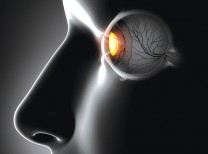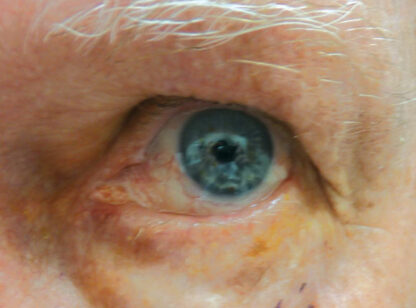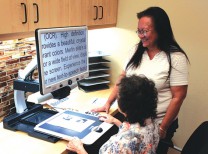Ok, you’ve been told you have a cataract and that cataract surgery is the best way to improve your vision. Now comes the hard part. Not only do you and your doctor have to decide whether a specialty lens is appropriate, but also whether to perform the surgery using traditional surgical technique or laser assisted surgery. Each choice will have a cost and a benefit, and no one choice is correct for everyone.
First thing to consider is additional factors such as retinal disease, corneal disease, previous refractive surgery such as radial keratotomy, or underlying systemic disease such as moderate or advanced diabetic or renal disease. There are also predisposing factors such as irregular corneal astigmatism, previous cataract surgeries, substantial difference in refractive error between the two eyes, previous mono vision contact lens wear, or a personality that can’t handle much change.
Some patients have great outcomes (20/20+ vision) but may still be bothered by glare, halos or other artifacts of the intra-ocular lenses (lenses used to replace the haze cataract). Some types of lenses, such as diffractive multifocal lenses, have a higher incidence of glare and halos.
Another important factor to consider is lifestyle. Are you an active patient who likes to hike, golf, drive or play tennis? Or is your passion reading, computer work or a similar close/near environment? Maybe you want to have it all and be able to read, drive and do computer work without any lenses.
Did I just say without glasses? Yes. Most of the newer technology is designed to more accurately perform cataract surgery, or to provide more precise vision outcomes following cataract surgery. That usually means minimizing (or eliminating) the need for glasses. The latest advancement is replacing the actual surgical steps with laser.
The benefits of laser-assisted cataract surgery include less time “in the eye” by the surgeon, and less ultrasound energy released in the eye. It also creates less endothelial cell loss and more accurate incision size and placement. The placement of the lens in the eye is currently thought to be the biggest factor in providing the best optical outcomes.
Laser-assisted power calculations help to more accurately determine placement of specialty lenses such as astigmatic correcting lenses and overall power. The laser potentially can reduce induced astigmatism and can correct for astigmatism at the time of initial surgery without a second procedure.
There are complications associated with laser-assisted surgery which should also be discussed with your doctor; however, overall studies have shown the rate of complications is reduced by half once a surgeon has completed his first 100 cases, which confirms that there is a learning curve with this new technology.
Laser-assisted surgery may benefit patients in obtaining an optimal post cataract outcome. Each patient must be evaluated individually to assess the benefit of not only this new technology, but also the type of lens. When the goal of the patient is reached, cataract surgery is considered successful.
Dr. Evans is the founding owner of Evans Eye Care in Palm Desert and can be reached at (760) 674.8806 or online at www.evanseyecare.com.













































Comments (0)